Five places where collapse is real
Want to know what collapse might look like in the flesh? These real towns reveal a hauntingly beautiful, cinematic kind of desolation.
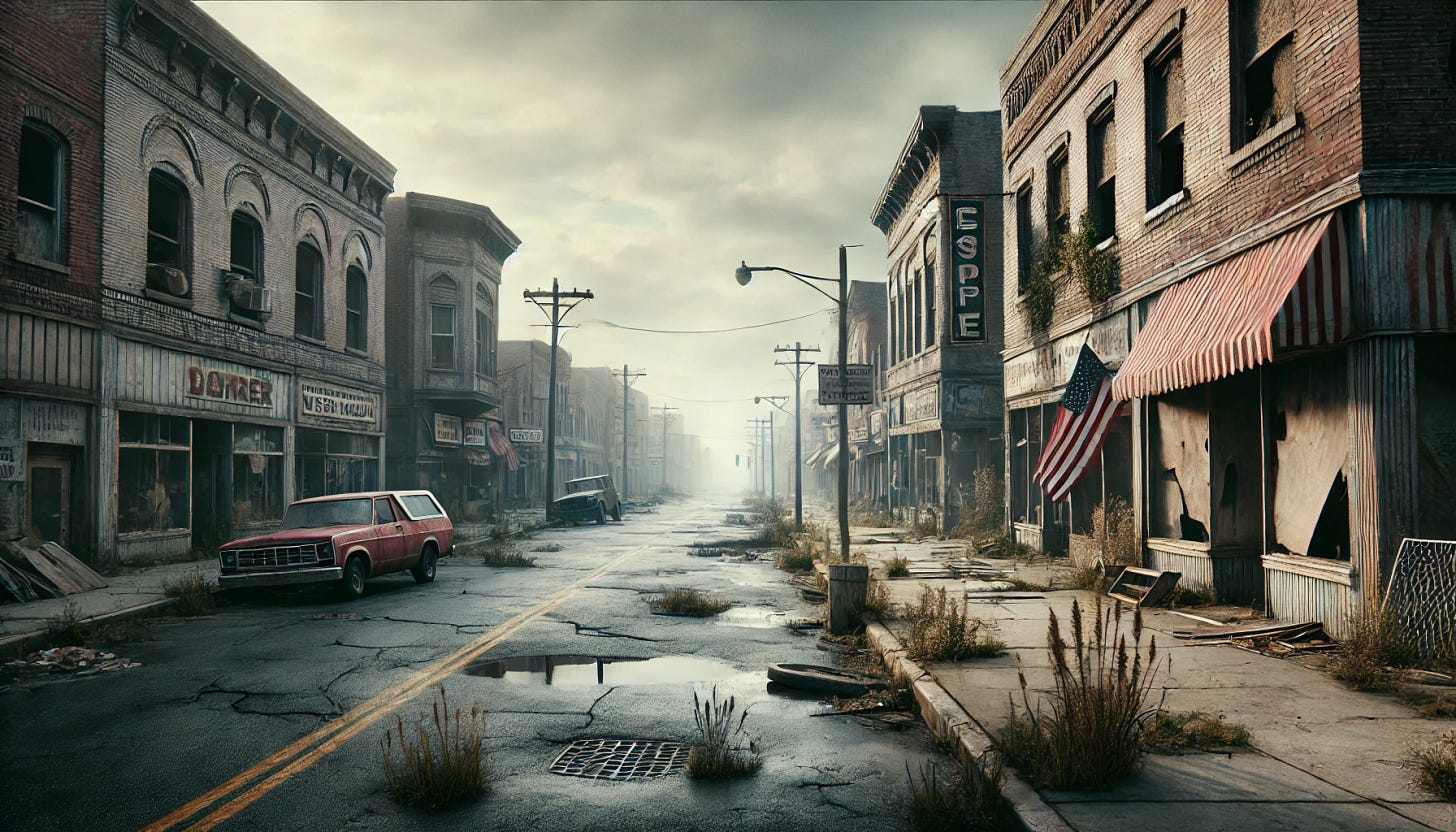
Earlier this week we posted about the dire situation in Cuba, where a total breakdown of existing systems has been ongoing for years. If you want to know what a society in collapse looks like, you don’t need to peer much further than that.
As the Cuban example demonstrates, collapse typically does not unfold like a sudden apocalypse, but like a gradual erosion; a slow draining away of a community’s life blood, until the place becomes a shadow of its former self.
This quiet descent rarely looks like it does in Hollywood movies, where entire civilizations disappear dramatically overnight. Instead, it starts with the closing of schools, the shuttering of businesses, the abandoning of homes and factories. Little by little, people drift away. A hearty few stay but grow old and lonely, with their families never to return.
The following five towns capture the essence of collapse — what the final outcome might actually look like. Click the images to explore the places on Google Maps.
Ichinono, Japan
Once celebrated for its rice cultivation and sake production, the rural village of Ichinono now stands as a quiet symbol of Japan’s rural decline, populated predominantly by elderly residents.
Years ago, parents urged their children to seek education and opportunities in bustling cities, and as one 88-year-old resident recalls, “Out they went, and they never came back, getting jobs elsewhere. We're now paying the price.” With each passing year, the village's population dwindled, leaving a profound silence in place of the once-thriving community.
In an effort to fill the emptiness, the residents have crafted life-sized puppets, posed in daily activities to replicate the vitality that has since vanished. Some sit on swings, others rest by vacant homes, each mannequin a silent figure of the lives that once filled Ichinono’s streets. These handcrafted figures provide an odd comfort to the remaining villagers, their frozen smiles quietly capturing memories of a world quickly slipping into the past.
Cairo, IL
Cairo, Illinois, sits like a faded gem at the meeting point of the Mississippi and Ohio rivers — a triangular town shaped by waterways that once made it a bustling trade hub. In the early 20th century, Cairo thrived, a stark contrast to Charles Dickens’ 1842 description of it as a “dismal swamp.” By 1883, Mark Twain had witnessed its transformation into a “brisk town,” buoyed by steamboat traffic flowing through the two mighty rivers. The Civil War saw it occupied by General Ulysses S. Grant, turning Cairo into a Union supply base and troop training ground. Later, it grew into a vital railroad hub.
But as river trade declined and the town’s low-lying geography limited further expansion, Cairo began a slow decline. The population that once peaked at over 15,000 in the 1920s dwindled over the decades. Today, just over 1,500 residents remain, and Cairo stands as a poignant example of the slow burn of collapse, where once-thriving avenues become hushed and empty, hinting at a faded past.
Valentine, TX
Tucked away in the wide-open landscapes of West Texas, just a stone’s throw from the Mexican border, is Valentine. Founded in the late 19th century as a small ranching and railroad hub, the town took its name from the day it was established: February 14.
For a while, the Southern Pacific Railroad brought life and hope to Valentine, promising a modest but steady existence for the community. But as rail transport declined, so did the town’s lifeblood. Today, Valentine is a shadow of its former self, with most of its one-story adobe homes abandoned or sparsely inhabited.
Official figures estimate Valentine’s population at around 100, though the true number may be closer to just a few dozen. Still, the town hasn’t entirely given up hope — there is a functioning post office and school, and each year on February 14, Valentine springs to life for an annual country music festival. This brief influx of about 1,000 people brings a momentary buzz, a hint of what once was and what could have been.
Valentine bears witness to the slow fading of the American West in real time. The town’s isolation, surrounded by miles of desert and sky, offers a quiet look at a place where time and opportunity have drifted away. It’s a haunting reminder of how quickly luck can change, leaving behind only a resilient few who choose to call this stretch of desert home.
Kolmanskop, Namibia
Kolmanskop is a ghost town partially buried in the sands of the Namib desert. Founded in the early 1900s during a diamond rush, Kolmanskop drew waves of fortune-seekers eager to capitalize on the abundant resources. In those prosperous years, it transformed quickly from an empty stretch of dust to a bustling mining settlement complete with a hospital, ballroom, power station, ice factory, and even a tram system.
At its peak, Kolmanskop was known for its wealth and opulence, with German-style houses boasting ornate interiors. Yet, just as rapidly as it rose, Kolmanskop’s fortunes dwindled when richer diamond deposits were discovered farther south. By the 1950s, residents had abandoned the town, leaving behind their once lavish homes and possessions. The desert quickly began reclaiming Kolmanskop, with sand pouring through broken windows and open doorways, filling rooms knee-deep with dunes.
Today, the sand-filled buildings draw photographers and curious visitors from around the world. The crumbling structures make Kolmanskop a powerful symbol of impermanence — a reminder of our fleeting human fortunes.
Henley Harbour, Labrador
Henley Harbour, a remote fishing settlement in Labrador, was once home to a handful of hardy families — or, by the looks of the grave markers in the tiny cemetery, perhaps just one extended clan: the Stones.
Nestled just north of Red Bay, where Basque mariners hunted whales in the 16th century, Henley Harbour’s modest cluster of homes, a school, and a church lie at the base of the Devil’s Dining Table, a striking flat-topped rock outcrop with geological features akin to Northern Ireland’s basalt formations.
Around 1851, Henley Harbour reportedly supported more than 100 year-round residents. However, like many outport villages in Newfoundland and Labrador, government-mandated resettlement gradually emptied the hamlet, leaving it permanently uninhabited. Now, Henley Harbour stands as a quiet, wind-swept relic of the outport lifestyle, preserved in the echoes of a rugged past.
Tell us about other forgotten towns that you think should make the list! Share your thoughts in the comments.



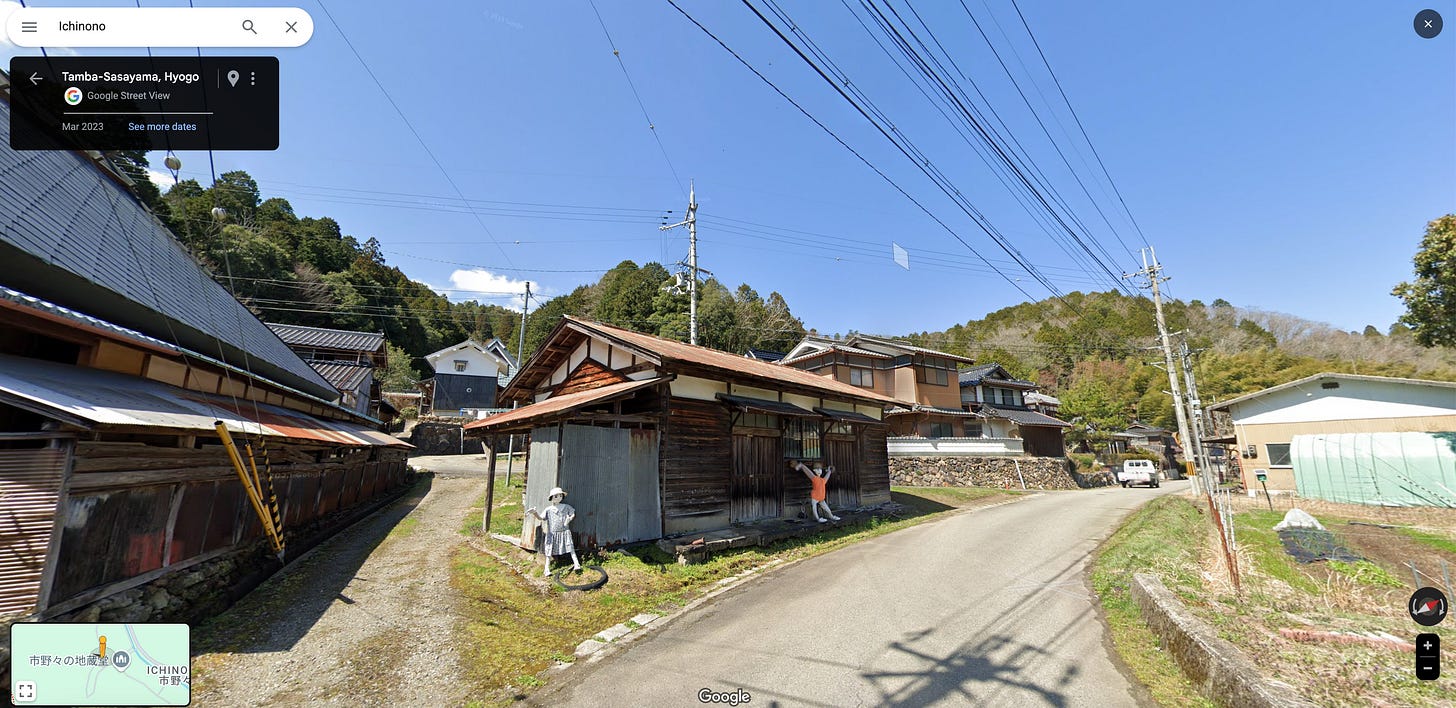
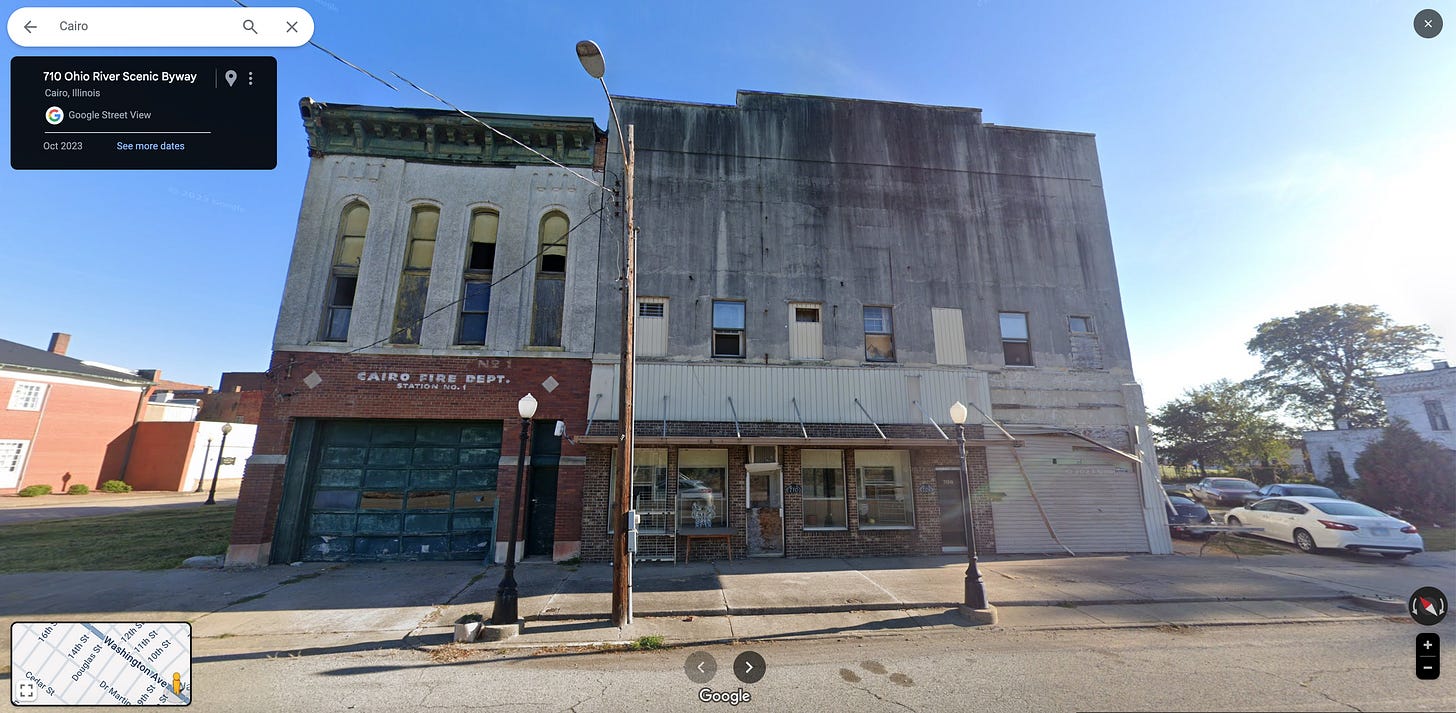
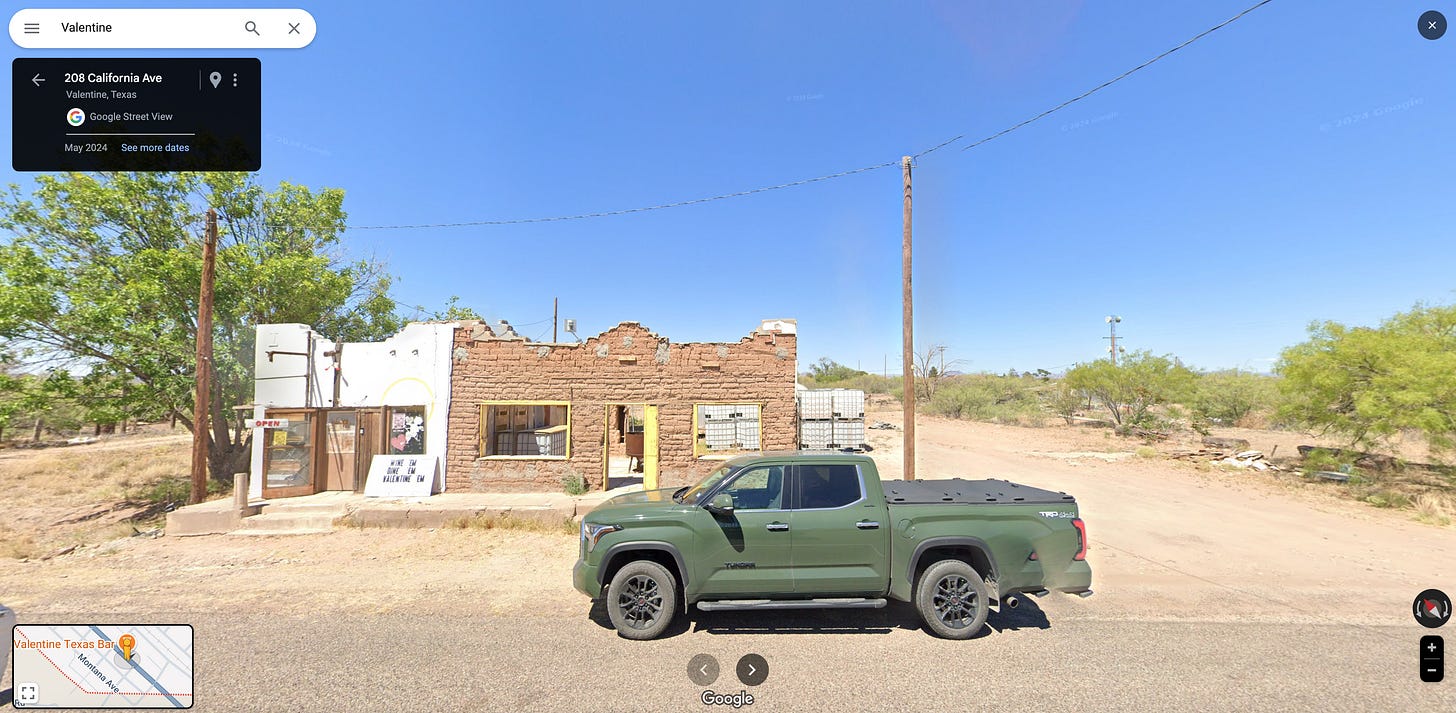
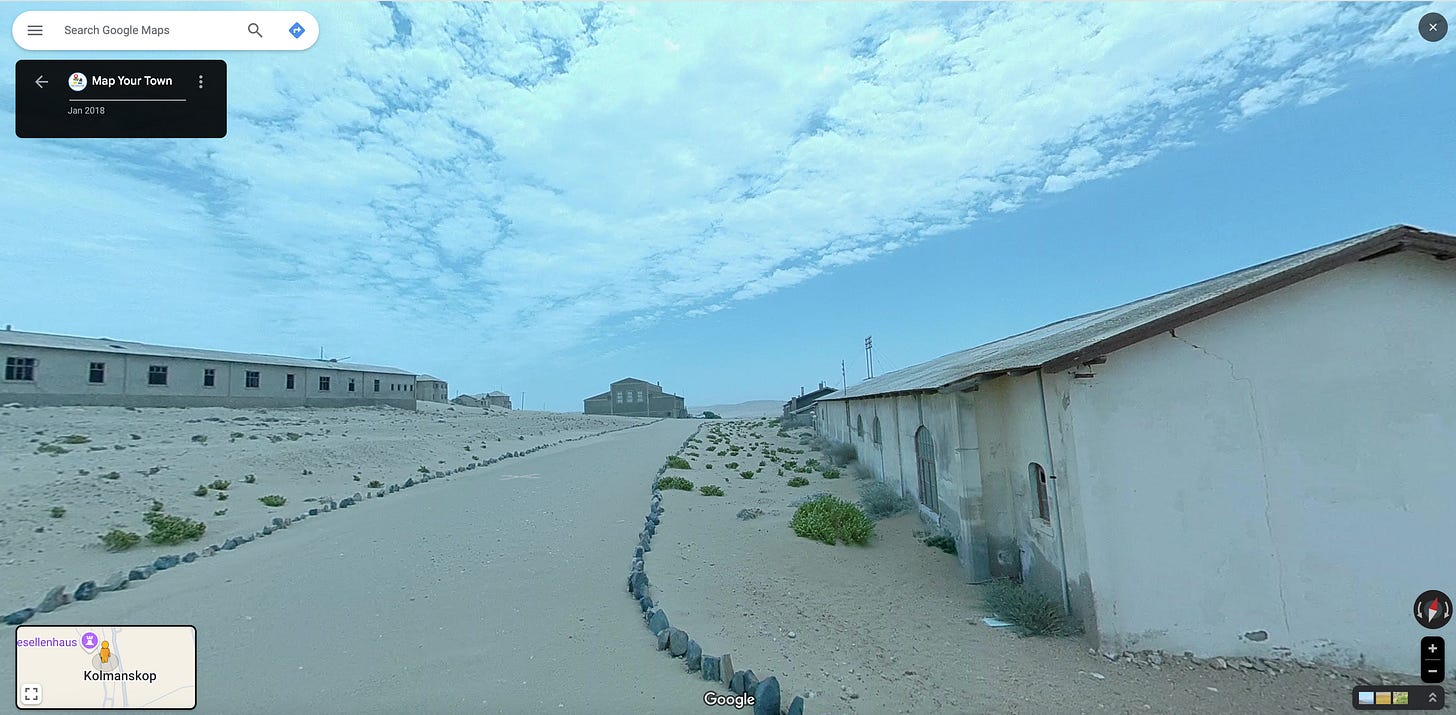
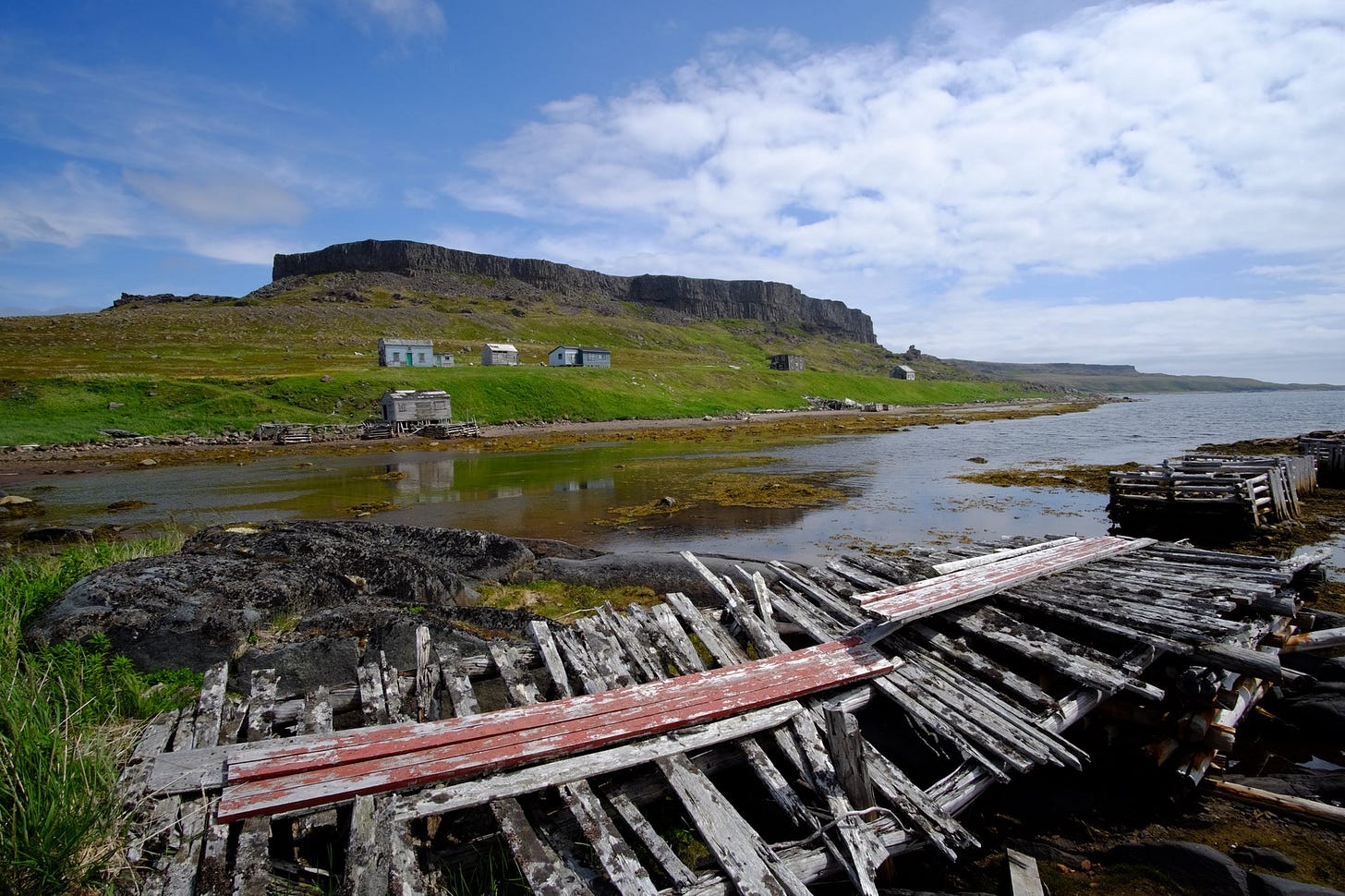
Two towns in the US that have been devastated by disaster, and ignored by the government: Flint, Michigan and East Palestine, Ohio. I lived in Flint from 1969 to 1974. It started to decline shortly after I left (unrelated coincidence!) and the water contaminated with lead is much more recent. Lots of factors involved, but I don’t see how it can come back.
Would likely be able to update this post annually with a handful of new locations. Could be more often than that as the years go by.